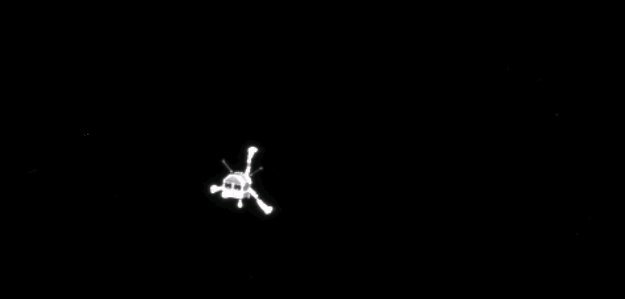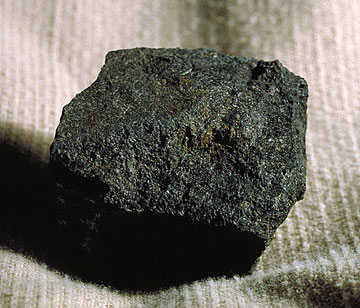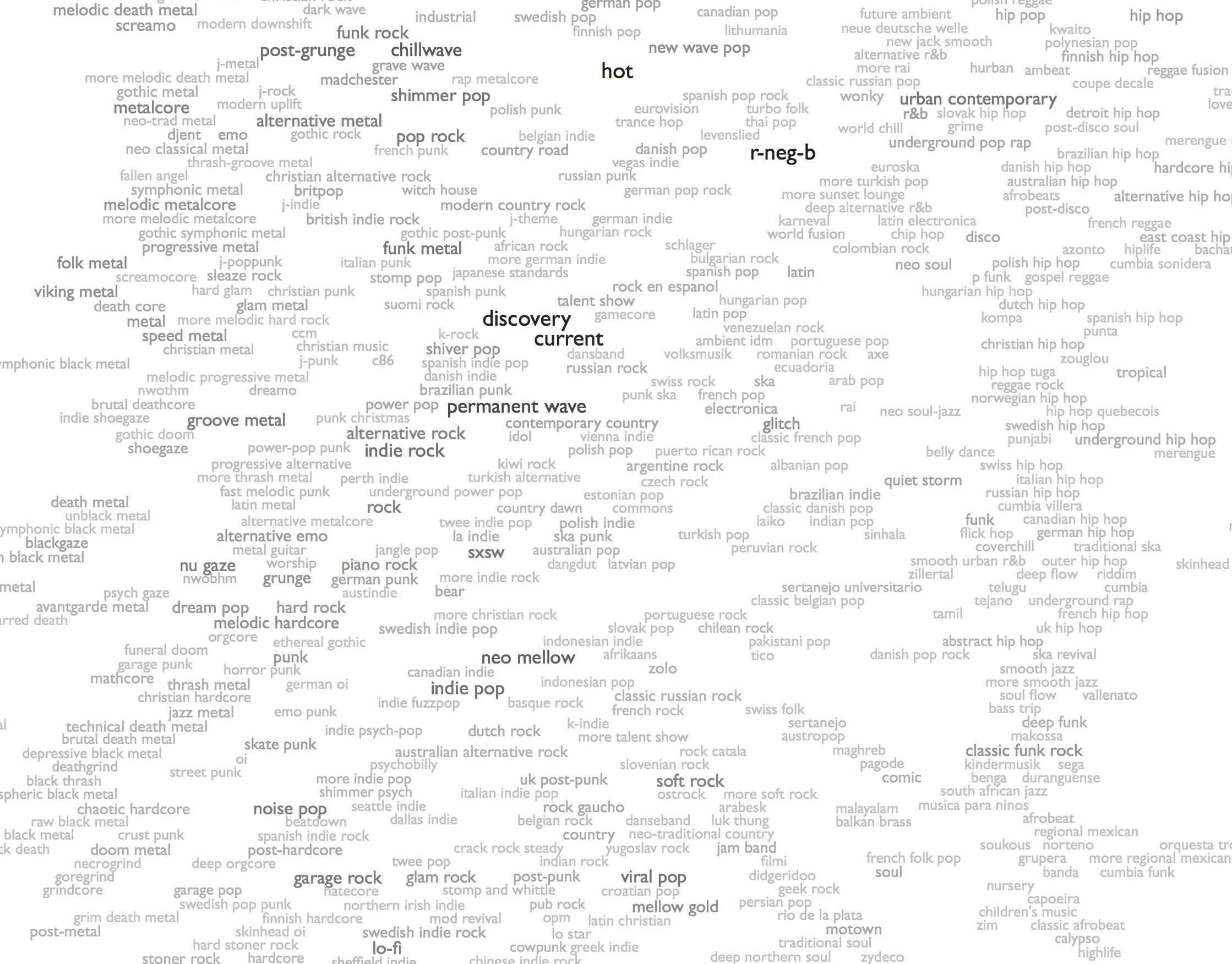How well do you really know yourself? Go beyond your latte preferences and your favorite movies. Knowing yourself means being familiar with your most intimate thoughts, desires and fears, your character traits and flaws, your values. for many this quest for self-knowledge is a life-long process. And, it may begin with knowing about your socks.
From NYT:
Most people wonder at some point in their lives how well they know themselves. Self-knowledge seems a good thing to have, but hard to attain. To know yourself would be to know such things as your deepest thoughts, desires and emotions, your character traits, your values, what makes you happy and why you think and do the things you think and do. These are all examples of what might be called “substantial” self-knowledge, and there was a time when it would have been safe to assume that philosophy had plenty to say about the sources, extent and importance of self-knowledge in this sense.
Not any more. With few exceptions, philosophers of self-knowledge nowadays have other concerns. Here’s an example of the sort of thing philosophers worry about: suppose you are wearing socks and believe you are wearing socks. How do you know that that’s what you believe? Notice that the question isn’t: “How do you know you are wearing socks?” but rather “How do you know you believe you are wearing socks?” Knowledge of such beliefs is seen as a form of self-knowledge. Other popular examples of self-knowledge in the philosophical literature include knowing that you are in pain and knowing that you are thinking that water is wet. For many philosophers the challenge is explain how these types of self-knowledge are possible.
This is usually news to non-philosophers. Most certainly imagine that philosophy tries to answer the Big Questions, and “How do you know you believe you are wearing socks?” doesn’t sound much like one of them. If knowing that you believe you are wearing socks qualifies as self-knowledge at all — and even that isn’t obvious — it is self-knowledge of the most trivial kind. Non-philosophers find it hard to figure out why philosophers would be more interested in trivial than in substantial self-knowledge.
One common reaction to the focus on trivial self-knowledge is to ask, “Why on earth would you be interested in that?” — or, more pointedly, “Why on earth would anyone pay you to think about that?” Philosophers of self-knowledge aren’t deterred. It isn’t unusual for them to start their learned articles and books on self-knowledge by declaring that they aren’t going to be discussing substantial self-knowledge because that isn’t where the philosophical action is.
How can that be? It all depends on your starting point. For example, to know that you are wearing socks requires effort, even if it’s only the minimal effort of looking down at your feet. When you look down and see the socks on your feet you have evidence — the evidence of your senses — that you are wearing socks, and this illustrates what seems a general point about knowledge: knowledge is based on evidence, and our beliefs about the world around us can be wrong. Evidence can be misleading and conclusions from evidence unwarranted. Trivial self-knowledge seems different. On the face of it, you don’t need evidence to know that you believe you are wearing socks, and there is a strong presumption that your beliefs about your own beliefs and other states of mind aren’t mistaken. Trivial self-knowledge is direct (not based on evidence) and privileged (normally immune to error). Given these two background assumptions, it looks like there is something here that needs explaining: How is trivial self-knowledge, with all its peculiarities, possible?
From this perspective, trivial self-knowledge is philosophically interesting because it is special. “Special” in this context means special from the standpoint of epistemology or the philosophy of knowledge. Substantial self-knowledge is much less interesting from this point of view because it is like any other knowledge. You need evidence to know your own character and values, and your beliefs about your own character and values can be mistaken. For example, you think you are generous but your friends know you better. You think you are committed to racial equality but your behaviour suggests otherwise. Once you think of substantial self-knowledge as neither direct nor privileged why would you still regard it as philosophically interesting?
What is missing from this picture is any real sense of the human importance of self-knowledge. Self-knowledge matters to us as human beings, and the self-knowledge which matters to us as human beings is substantial rather than trivial self-knowledge. We assume that on the whole our lives go better with substantial self-knowledge than without it, and what is puzzling is how hard it can be to know ourselves in this sense.
The assumption that self-knowledge matters is controversial and philosophy might be expected to have something to say about the importance of self-knowledge, as well as its scope and extent. The interesting questions in this context include “Why is substantial self-knowledge hard to attain?” and “To what extent is substantial self-knowledge possible?”
Read the entire article here.
Image courtesy of DuckDuckGo Search.











 It’s rather simple in theory, and only requires two steps. Step 1: Follow the lead of a city like Chattanooga, Tennessee. Step 2: Tell you monopolistic cable company what to do with its cables. Done. Now you have a 1 Gigabit Internet connection — around 50-100 times faster than your mother’s Wifi.
It’s rather simple in theory, and only requires two steps. Step 1: Follow the lead of a city like Chattanooga, Tennessee. Step 2: Tell you monopolistic cable company what to do with its cables. Done. Now you have a 1 Gigabit Internet connection — around 50-100 times faster than your mother’s Wifi.